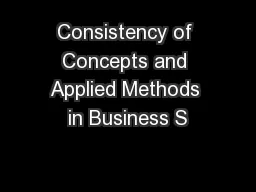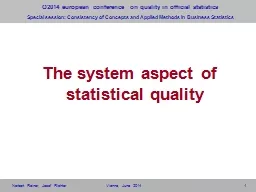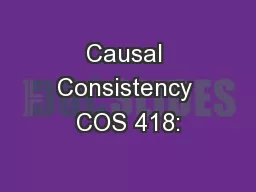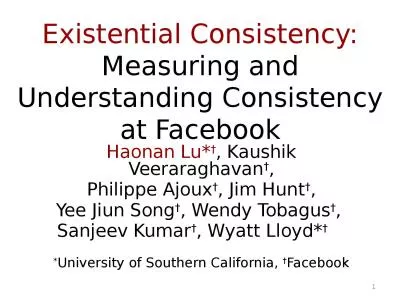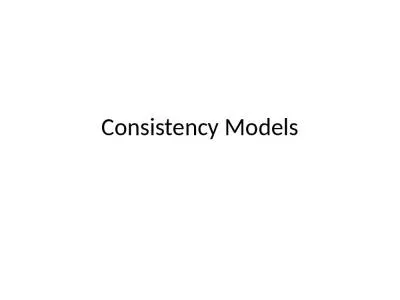PPT-Consistency of Concepts and Applied Methods in Business S
Author : giovanna-bartolotta | Published Date : 2016-05-11
Improving Consistency in the ESS Target Populations Frames Reference Periods Classifications and their Applications Q2014 Vienna 3rd June 2014 presented by
Presentation Embed Code
Download Presentation
Download Presentation The PPT/PDF document "Consistency of Concepts and Applied Meth..." is the property of its rightful owner. Permission is granted to download and print the materials on this website for personal, non-commercial use only, and to display it on your personal computer provided you do not modify the materials and that you retain all copyright notices contained in the materials. By downloading content from our website, you accept the terms of this agreement.
Consistency of Concepts and Applied Methods in Business S: Transcript
Download Rules Of Document
"Consistency of Concepts and Applied Methods in Business S"The content belongs to its owner. You may download and print it for personal use, without modification, and keep all copyright notices. By downloading, you agree to these terms.
Related Documents

